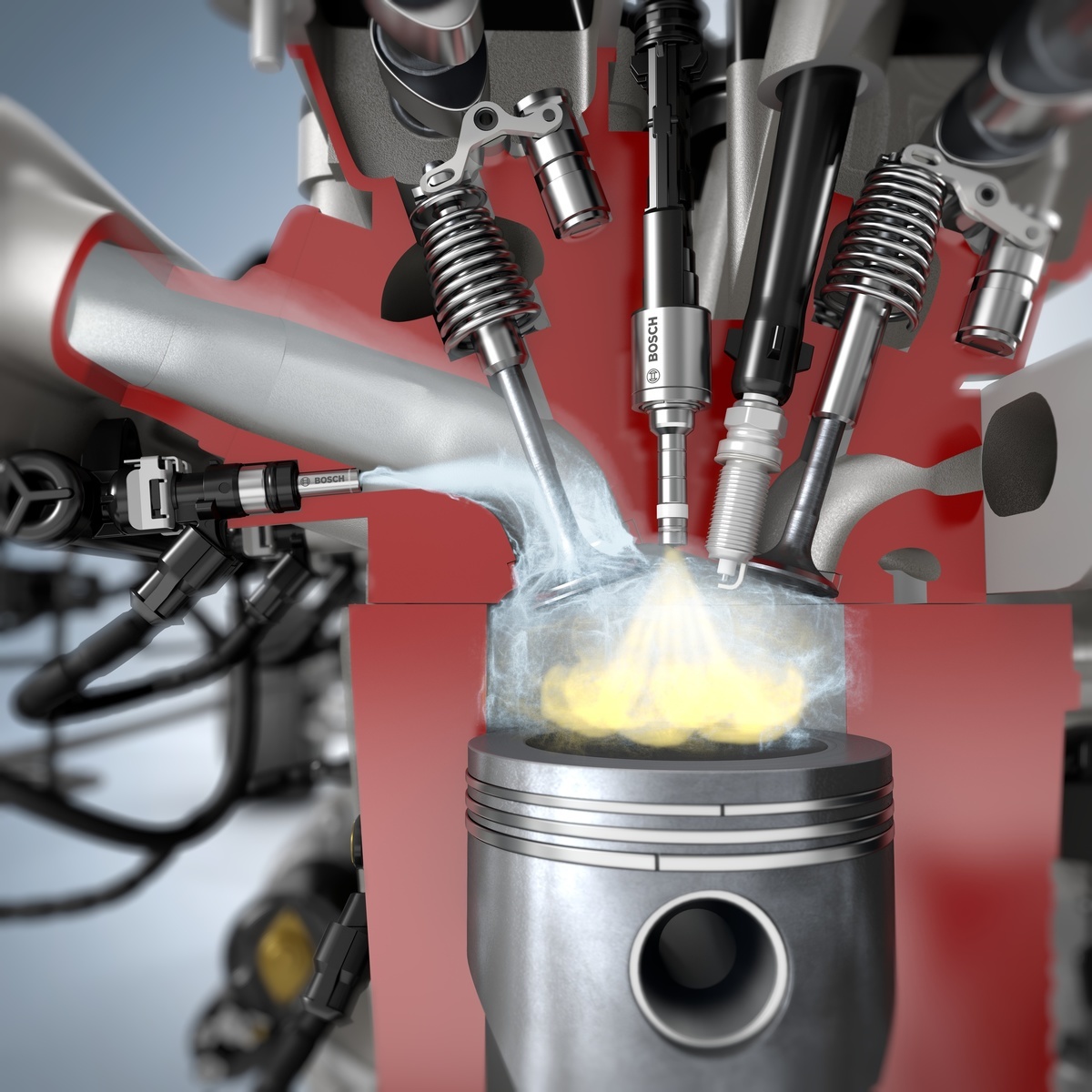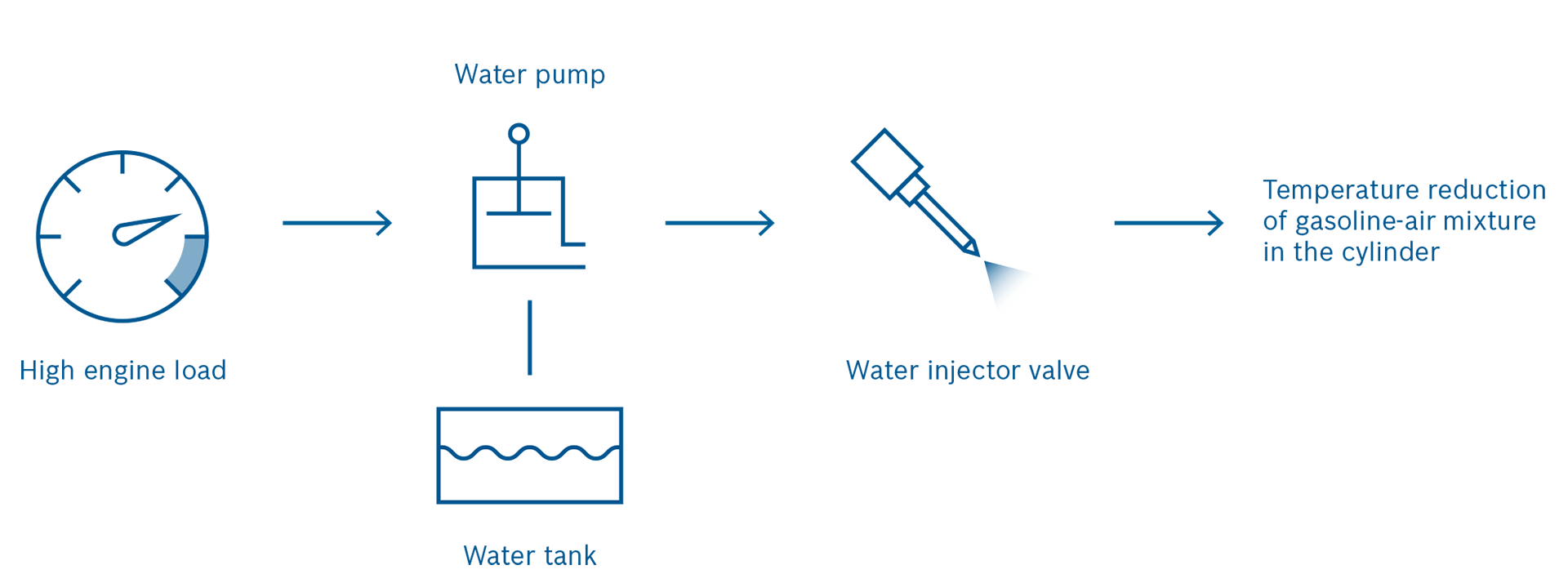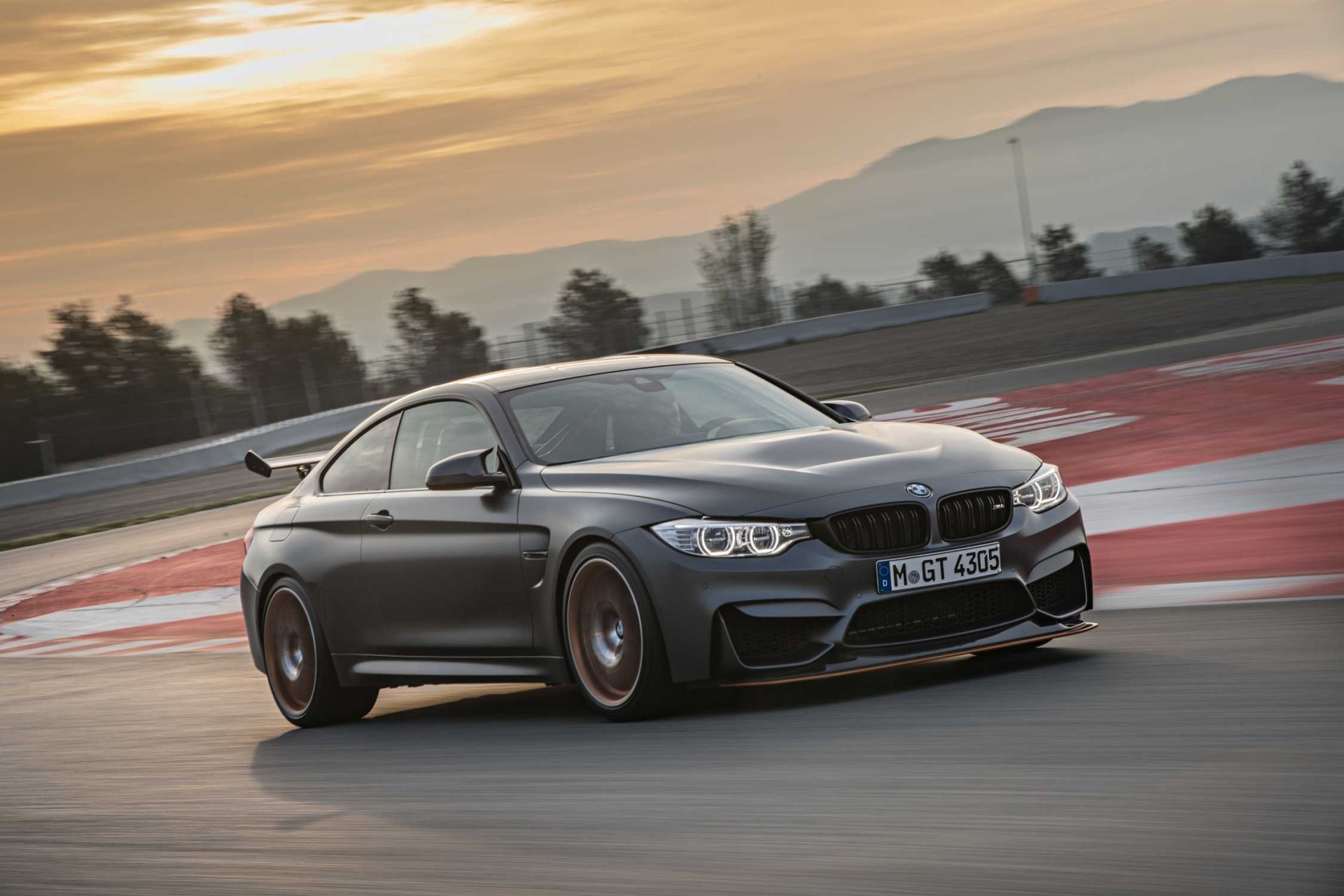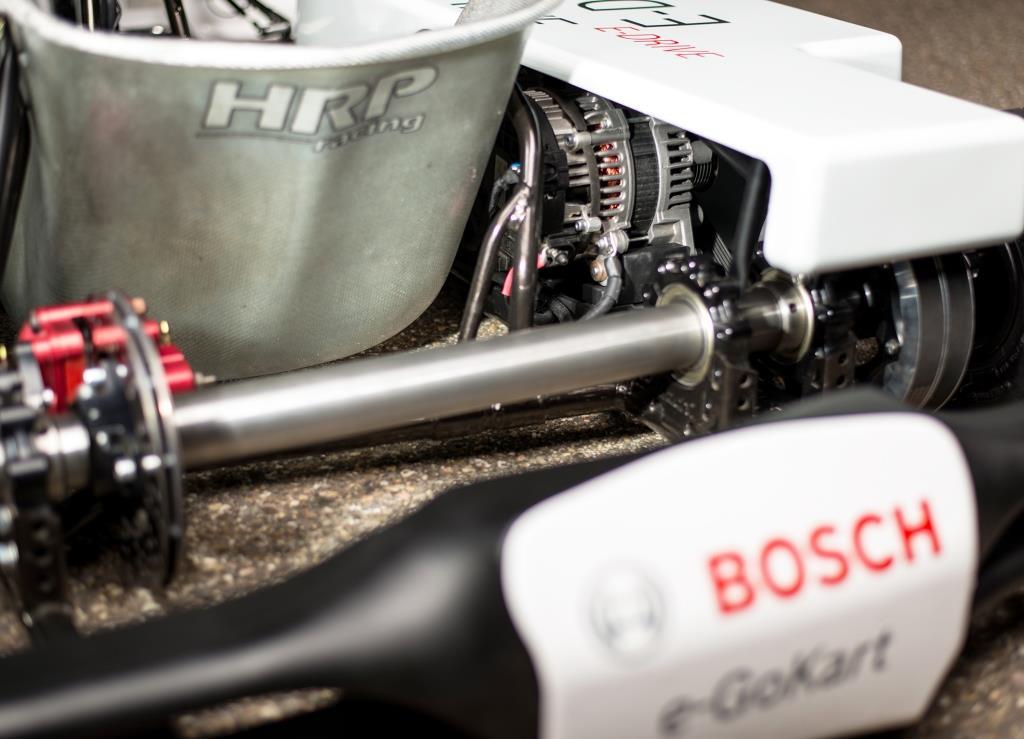Just add water. Small additive H₂O increases the power of the engine and saves fuel

Photo: Bosch
Perhaps the internal combustion engines live the last decades, but manufacturers do not give up. They squeeze the most out of this technology, optimizing engine design for increased efficiency and efficiency. Recently, Nissan innovations have been reported, which invented the engine with a variable compression ratio . Now Bosch told about her achievements. The German company introduced the WaterBoost water injection system for simple modification of existing ICEs.
Even the most advanced internal combustion engine wastes about one fifth of the fuel. For example, it is spent on the engine cooling system. In modern engines, a little extra fuel is injected into the combustion chamber not for combustion, but for evaporation from the walls, due to which the engine is cooled.
Bosch proposes to modify the fuel injection system: use water instead of gasoline when cooling the chamber. That is, the essence of the WaterBoost technology is that at high engine speeds a water pump is activated, which injects some water into the combustion chamber shortly before igniting the fuel mixture.
')
It requires very little water: several hundred milliliters are spent per 100 km. Therefore, a small tank of water will need to be filled with distilled water every few thousand kilometers, which for most drivers will not be unprofitable. It is even nice: pouring water, you know that this water will be used instead of gasoline (when cooled).

And even if the water in the tank runs out, that's okay too, except that the torque will decrease slightly and fuel consumption will increase by a few percent.
As Bosch’s experiments have shown, such a simple modification can reduce fuel consumption (up to 13%) by a few percent without loss of power and torque. Savings are possible at times of engine overheating at the highest revs: for example, during sudden acceleration or driving on a highway at high speed.
Besides the fact that it saves gasoline, so the evaporation of water also cools the engine better than the evaporation of gasoline.
As an added bonus to fuel economy, CO 2 emissions are reduced by 4%, so that the engine will be easier to pass a test for compliance with strict environmental regulations that apply to modern gasoline engines.
The most effective introduction of water injection will be for compact three-and four-cylinder engines. In other words, it is for those engines that are used in the most popular modern cars of medium size.
But that is not all. In addition to fuel economy, WaterBoost can add up to 5% power to turbocharged engines. The fact is that the addition of water saturates the injected air from the turbine with oxygen and increases the burning rate of the mixture, making it possible to optimize the ignition advance angle — the angle of rotation of the crank from the moment at which the spark gap begins to be applied to break the spark gap before the piston reaches the dead spot.
The idea of ignition advance is to set fire to a combustible mixture in advance, before the piston reaches its upper dead point. With the right timing of the ignition, the gas pressure reaches its maximum after about 10-12 degrees of crankshaft rotation after the piston has passed the upper dead center.
By changing the ignition timing angle and twisting the ignition timing settings, engineers can still squeeze a bit more power even from powerful turbocharged engines, even on sports cars.
The first car to incorporate the WaterBoost water injection technology is the BMW M4 GTS with a six-cylinder turbo engine.

BMW M4 GTS. Photo: BMW Group
About the introduction of WaterBoost in cars in the middle price category there is no information yet.
Bosch has a lot of experience in the automotive industry. It was Bosch that in 1887 invented the safe system of the detonation of an air-fuel mixture of ICE from magneto. Such an ignition system is used in cars so far. Prior to this invention, the mixture in the internal combustion engine was set on fire through the Daimler glow tubes with an open flame.
Bosch produces not only ignition systems, starters, but also many other automotive components. For example, recently started mass production of electric motors for racing karts .

Motor Bosch for racing karts. Photo: Bosch
For electric motors - the future, but the internal combustion engine is not going to give up without a fight.
“Our water injection shows that there are still a few tricks left under the bonnet,” said Dr. Rolf Bulander, chairman of Bosch Mobility Solutions and board member Robert Bosch GmbH.
Source: https://habr.com/ru/post/397313/
All Articles